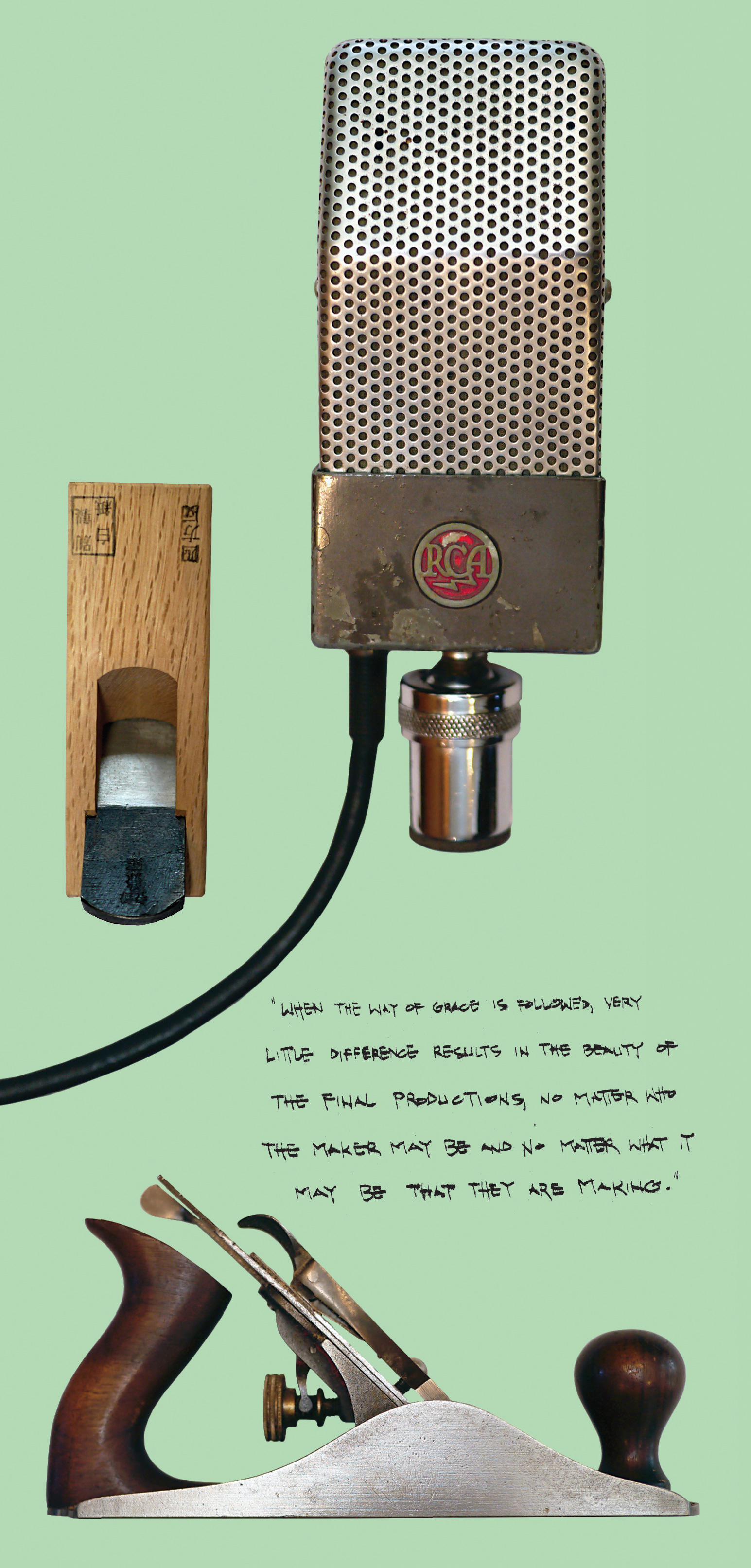Introduced in the mid-1960s, the Neumann U 87 was a gift to engineers and producers because a separate power supply was no longer needed due to its tube-replacing FET (field effect transistor) technology. This groundbreaking, solid-state microphone offered three polar patterns, a switchable high-pass filter, and a -10 dB pre-attenuation pad. By the 1970s, the U 87 became one of the most well- known microphones in studios worldwide – primarily because of its incredible versatility. Even today, you’d be hard pressed to find a studio that doesn’t have at least one U 87 in its microphone closet. From voiceovers, solo vocalists, acoustic guitars, electric guitars, grand pianos, brass, and drums – this microphone has got you covered, and is still considered to be among the most famous condenser microphones in the world.
Enter United Studio Technologies, a relatively new company that has set out not just to replicate what the original U 87 has been able to achieve sonically, they have redefined how we view Neumann’s iconic mic by creating a microphone that can capture the sonic characteristics of the original, but also the more modern sound of the U 87 Ai that Neumann began producing in 1986. The UT Twin87 achieves both vintage and modern sonic characteristics by utilizing two discrete U 87-style circuit topologies directed by a change in phantom powered voltages – all with a toggle switch on the front of the mic. Vintage mode utilizes an insulated backplate design to polarize the front and back sides separately. When switching to Modern mode, the capsule backplates are connected, and the polarization voltage is raised to about 63 volts. As expected, Vintage mode offers a slightly warmer, and what I would call rounder, sound. Since Modern mode is polarized at a higher voltage FET oscillator circuit, it produces a louder and brighter sound, characteristic of Neumann’s U 87 Ai model.
The UT Twin87’s custom dual diaphragm/dual backplate K87 capsule is “precision milled from brass, skinned with 6 micron Japanese PET film (Mylar)” with a “24k gold sputtered membrane.” But the real impressive component to me is United’s own custom-wound output transformer that they state contains four times the metal mass than any U 87-style microphone. I’ve used a ton of outboard gear in my years of producing and mixing, and I always come out on the side of “more metal; better sound.” I genuinely believe we can hear the difference in quite a massive way, regardless if it’s a compressor, mic pre, or in this instance, a microphone.
Modern U 87-style mics incorporate an output filter designed to block RF and EMI. This has been a disputed issue among engineers as to what this does to the sonics of the microphone, so United has crafted a solution (via dip switches inside the mic) to disengage the filter. One final perk about this mic is that it’s possible to take advantage of a sought after third party modification when using the UT Twin87 in cardioid pattern – what United calls “true- cardioid mod.” Selecting the pattern in either Vintage or Modern mode will decouple the pattern select circuitry from the rear diaphragm of the capsule, giving the unit a hotter and improved S/N ratio. A nice touch indeed!
As I mentioned, one of the reasons Neumann’s original microphone became an industry standard was because of its versatility on so many different sources. United has unequivocally achieved this. No matter what I put through it, this microphone sounded incredibly good. Most of the time, I favored the Modern mode on sources. It was easy to achieve that up-front pop and hip-hop vocal sound on both male and female vocalists. There was that characteristic flat U 87 midrange with a bit of a bump at around 6 kHz that commercial hits almost always have. There were a few rock- focused tracks, however, where Vintage mode was more appropriate for male lead singers. As U 87s are almost exclusively used in nearly every commercial VO (voiceover) house, the UT Twin87 excelled in a dedicated VO session for both male and female talent. Use of the UT Twin87 achieved proper articulation with a presence that was perfect for commercial adverts. I’ve always liked U 87s on drum overheads and wished I’d had a pair of the UT Twin87s for this review, but even with a single mic the kit sounded incredibly good, and the cymbals never got to a harsh place. I like to use a Shure SM57 and ribbon mic combo on the front of a guitar cabinet most of the time. That being said, putting the UT Twin87 in Vintage mode really raised an eyebrow! It made my Fano Guitars SP6 through a custom Friedman amp sit well in the mix with not much EQ at all – solid presence in aggressive power chords and proper articulation for arpeggiated pieces. On an acoustic guitar, the UT Twin87 sounded well-articulated in Modern mode and more... well, warm when switched to Vintage mode. It was like hearing the difference between a Taylor and a Martin guitar with the flip of a switch.
So, I’m assuming everyone’s question is: Does the UT Twin87 sound like a vintage or modern Neumann U 87/U 87 Ai? Well, yes... and no. I say that because I’ve A/B’d three original Neumann U 87s in the past, and each of them sounded quite different. But, yes, the UT Twin87 sounds very similar to one of the most iconic microphones in the world – for me, especially in the Modern mode setting. It’s incredibly versatile, and I would have no problem using this on multiple sources, regardless of who the artist is. Also, the fact that one could buy five of these for the price of a single U 87 Ai makes the UT Twin87 a fantastic investment for any studio. Shock mount, thread adapter, and mic pouch included.




_disp_horizontal_bw.jpg)